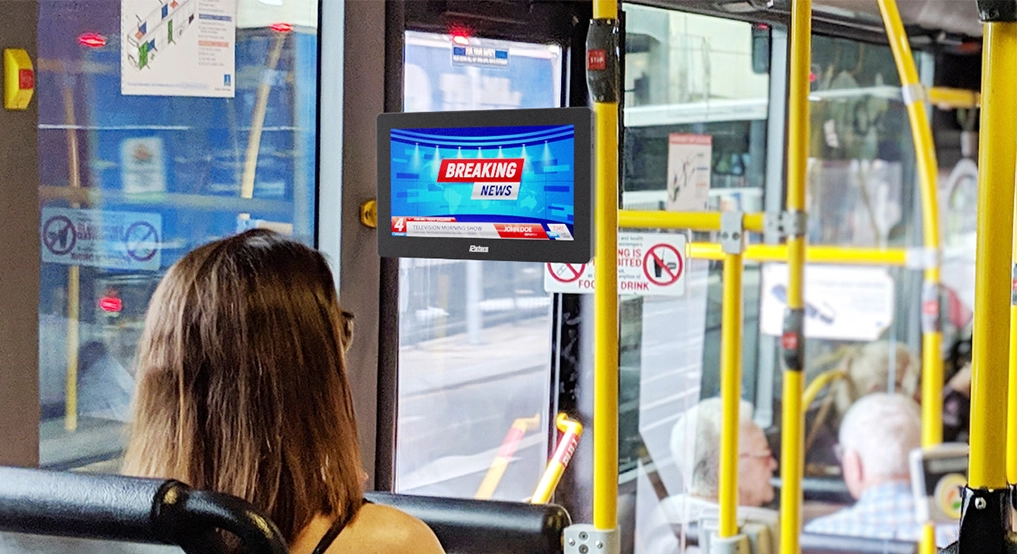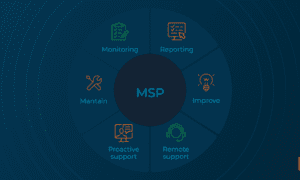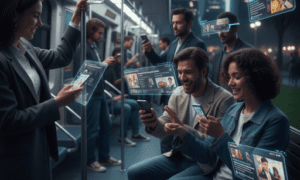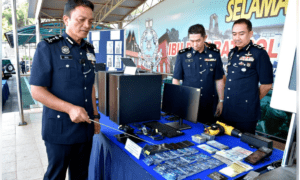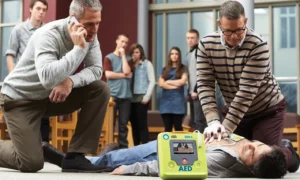Walk into any major train station today and you’ll notice something different. Those old flip-board departure signs? Gone. Static paper schedules? Replaced. Digital screens now dominate transit hubs across the country, and there’s good reason for that shift.
Transit agencies spent decades relying on printed signs and manual updates. It worked, sort of. But anyone who’s ever missed a bus because the schedule board was outdated knows the frustration. Digital signage fixes that problem and opens up possibilities that static signs never could.
Real-Time Information That Moves at the Speed of Transit
Here’s what passengers actually need: departure times, gate numbers, delay alerts, platform changes, and emergency info. All at once. Traditional signs just can’t handle that volume of changing information.
Signage in public transportation updates instantly. Train delayed? Every screen reflects it within seconds. Gate change? Passengers know immediately. The American Public Transportation Association reported 7.7 billion passenger trips in 2024. That’s billions of people who need current, accurate information to get where they’re going.
The automation piece matters too. When systems sync directly with transit operations, staff doesn’t waste time manually updating boards. A bus running 15 minutes late? The system catches it and updates every display automatically. Transit workers can actually help passengers instead of typing schedule changes into terminals all day.
Wayfinding Solutions for Complex Transit Networks
Try finding your way through Penn Station during rush hour if you’ve never been there. Not fun. Large transit hubs confuse even regular commuters sometimes, let alone tourists with luggage trying to catch a train.
Interactive touchscreens and digital displays solve this. They show you exactly where you are, where you need to go, and which route gets you there fastest. Several transit agencies cut their information desk inquiries by significant percentages after installing proper digital wayfinding. People find their own answers without standing in line.
Safety and Emergency Communication Capabilities
Emergencies happen. Weather delays, equipment failures, security issues. Transit agencies need to communicate fast when things go wrong.
Digital displays flip to emergency mode instantly. Evacuation routes appear. Alternative transportation options show up on screen. Safety instructions are broadcast across the entire system in seconds. The Federal Transit Administration points to real-time information systems as critical for both passenger experience and operational efficiency. During an actual emergency, there’s no time to print signs or make announcements one station at a time.
Meeting Accessibility Standards Across Diverse Populations
Digital signage does more than just display schedules. Modern systems include text-to-speech for visually impaired passengers, high-contrast modes for better readability, and multi-language support.
Cities with diverse populations benefit particularly from this. A transit agency can show the same information in English, Spanish, and Chinese simultaneously. Everyone gets equal access to critical transit information, which is both a legal requirement and just good practice.
Operational Efficiency and Cost Reduction
The upfront costs aren’t cheap. Hardware, software, installation – it adds up. But the long-term economics make sense.
No more printing costs. No shipping updated schedules to dozens of stations. No staff hours spent physically replacing signs. One person with a laptop can update content across hundreds of displays from a central office. The return on investment takes a few years, but it’s there.
The Future of Transit Communication
Transit agencies are experimenting with mobile integration now. Passengers can pull up the same real-time data on their phones that displays on station screens. Some systems test predictive analytics – using past ridership patterns to forecast delays and suggest alternative routes before problems get bad.
The technology keeps evolving. What matters most is that transit agencies finally have tools that match how people actually use information today. Passengers expect real-time updates because that’s what they get everywhere else in their lives – from food delivery apps to flight tracking.
Digital signage meets that expectation. It gives transit operators better control over their communication systems and helps millions of daily riders get where they need to go with less hassle. As ridership numbers climb back up, that kind of infrastructure investment pays off.

